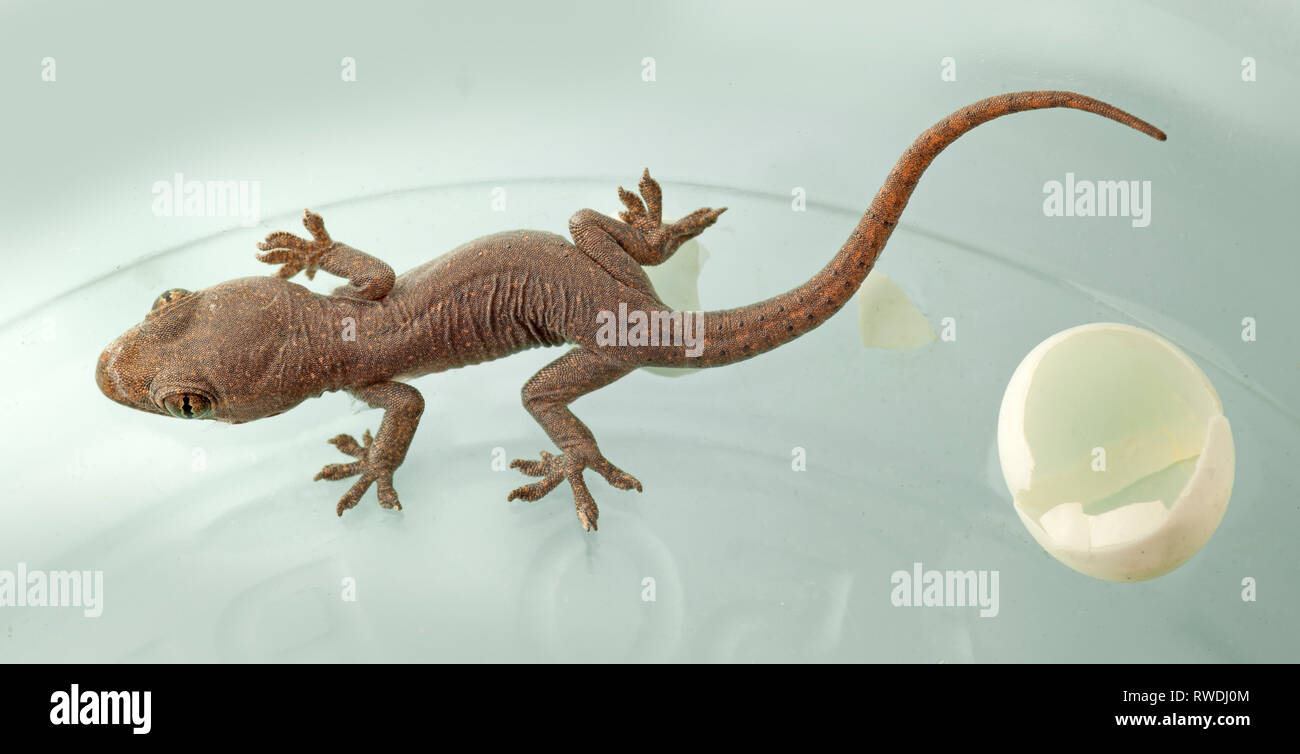Table Of Content

They were likely brought into the United States as pets before humans let them go into the wild. Alternatively, they could have escaped and continued to survive in the hot and humid environment. Unlike tropical gecko species, the Mediterranean gecko and Asian common gecko are capable of living without a UVB lamp. All geckos require a heat lamp capable of maintaining a basking temperature of around 90°F at the main basking spot. They should also be given adequate shade that sits around 75-85°F during the day.
Choosing Your Common House Gecko
Gecko management should focus on excluding the lizards from the structure. Check and replace weather stripping around doors and windows where needed. Use sealant to close cracks and crevices around soffits and plumbing or electrical penetrations. Geckos commonly use poorly sealed gaps around the home exterior as hiding places during the day.
Benefit of Having a Fifth Leg: Geckos Glide, Crash-Land, but Don't Fall - SciTechDaily
Benefit of Having a Fifth Leg: Geckos Glide, Crash-Land, but Don't Fall.
Posted: Thu, 02 Sep 2021 07:00:00 GMT [source]
Gecko Size and Growth
This means that where the environmental temperature is 26–35 degrees, the common house gecko can modify body temperature through behavioural adaptations. In Texas there are two species of introduced house geckos, the Mediterranean house gecko, Hemidactylus turcicus, and the common house gecko, Hemidactylus frenatus. Both house gecko species have bulging, lidless eyes with vertical pupils and sticky toe pads. The Tropical House Gecko (scientific name Hemidactylus frenatus), is a native of southeastern Asia and the northern parts of Africa. Known as the Pacific house gecko, it is the most recently discovered member of a quartet of small, prolific and aggressive little lizards that become active at twilight.
UV Lighting
A minimum recommended size is 12″L x 12″W x 18″H (30 x 30 x 45 cm). If possible, opt for an enclosure that is front-opening and opaque on all sides except the front, which will benefit the gecko’s mental health and provide easy access. This enclosure should be front-opening and very well secured against escape, as house geckos are escape artists.
As an invasive species
But if you catch a house gecko in North America to keep as a pet, you won't be doing harm to the species overall. The common house gecko has adapted to human dwellings in tropical regions where both humidity and insects are ubiquitous in the environment. When these animals become pets In more temperate latitudes, however, they need extra care from their owners to provide for their dietary and environmental needs. A 20-gallon tall terrarium is sufficient for a pair of common house geckos but bigger is better when it comes to their housing. Keep in mind that house geckos always want vertical space for climbing so use a tall tank rather than a long one. House geckos need climbable furnishings in their tall enclosures so provide branches, driftwood, and silk or live plants.
The Common House Gecko: A Comprehensive Care Guide
Geckos require a moderately high humidity environment, with the ideal level being about 60-75% humidity. This can be monitored with the use of a digital probe which should be as central in the tank as possible for an accurate reading. If the reading drops too low, you can raise the humidity using a fine mist spray bottle. It’s best to use halogen heat bulbs to heat the enclosure instead of ceramic heat emitters (CHEs), which are not as effective. You should also avoid heated rocks as they can cause severe injury if the surface becomes too hot. This includes temperature control, UV control, humidity control, and absolute essentials that need to be in every gecko enclosure.

Mist their cage every day to keep the humidity high and provide water droplets for drinking. In the wild this reptile hunts by slowly creeping up to their prey before pouncing and jabbing their head forward to catch the insect. They mostly hunt around porch lights or man-made light structures. Geckos are mostly active spring through fall and frequent lighted areas- windows, porch lights, etc. They may enter structures through cracks and crevices or around doorways.
Info by Species
You might spot them near streams or rivers, but they have been known to live far from water as well. To heat their enclosure use a heating pad or an incandescent bulb. The temperature inside the tank should be 75° – 90°F in the morning and 65° – 75°F at night.
The “house” part of their name refers to the fact they often live in human homes and adapt well to man-made habitats. With good care, they may have a lifespan of 9 years or longer. Physically taking any gecko you find in your house is probably the most humane way of getting rid of them.
They naturally shed their skin, much like snakes, which is a process they will undergo on their own without any real need for assistance. A healthy Common House Gecko typically displays vibrant skin, clear eyes, and an active demeanor. Regular, consistent eating patterns and a well-maintained body weight are also indicative of good health. Observing your gecko’s daily habits and behaviors can provide valuable insights into their well-being, allowing you to make necessary adjustments to their care routine as needed. Welcome to the captivating realm of the Common House Gecko!
Their fascinating climbing abilities, paired with their active night-time behaviors, make them a joy to observe and interact with. Now you know what time of day to look, but what about the time of the year? In southern parts of the US, where introduced geckos are most common, geckos can be found throughout the year. They are certainly most common in the warmer months, but they can be found year round if nighttime lows do not drop too much. Decorate the enclosure with branches and climbing structures to promote exercise and offer hiding spots. Remember to monitor the gecko’s size throughout their life to ensure their habitat meets their needs.
These geckos have a color range from tan to pink, adorned with dark bands and blotches down their body and tail, which are interrupted by pale-colored bumps. Overall, their unique appearance and manageable size make them an interesting choice of pet for reptile enthusiasts. The best UVB bulb for a house gecko housed in a 12” x 12” x 18” terrarium is the 26w Zoo Med Reptisun 5.0 Compact Coil bulb. However, you will need a larger UVB bulb for a larger enclosure.
Even though setting up the habitat is one of the easiest parts of Mediterranean house gecko care, you should still keep their ideal conditions in mind. The best thing you can do is create a natural setup that mimics a lush environment. It doesn’t matter if you’re an experienced herpetology buff or a new reptile owner.

No comments:
Post a Comment